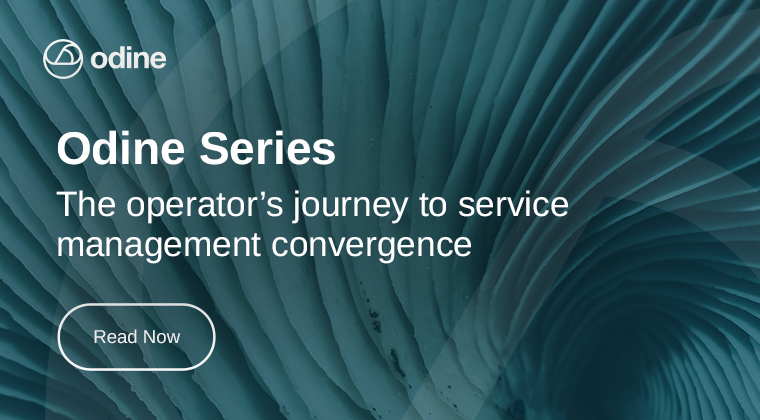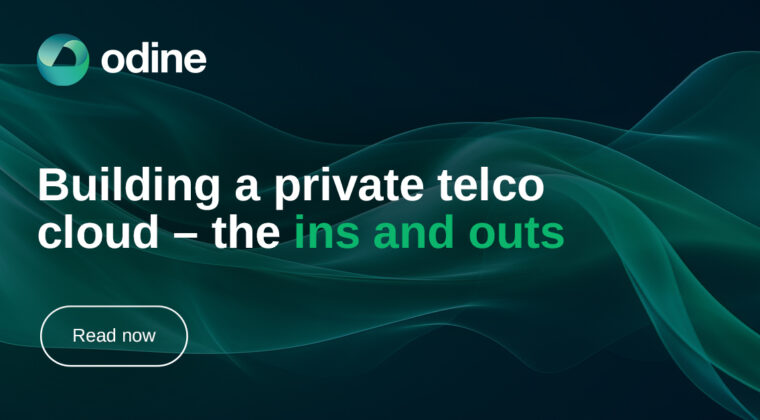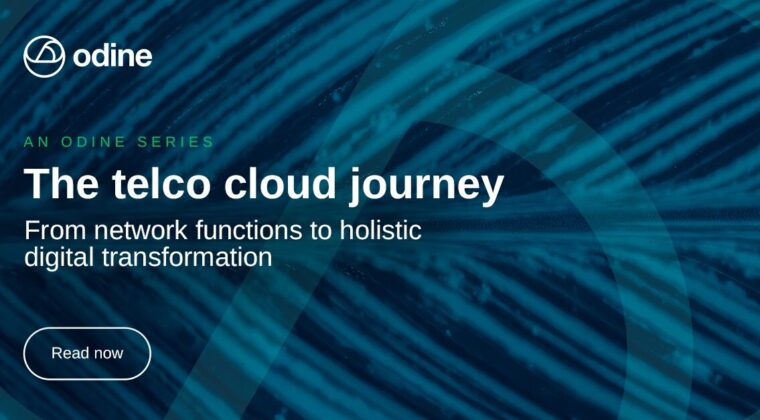The models for production, analysis, and viewing information have changed alongside business demands, meaning operators must adjust accordingly. This is the only way telcos can effectively continue to meet the market needs and pressures.
How convergence supports modern service demands
Convergence brings services together through orchestration.
Traditionally, a voice trader may give an operator a credit of $10M, but this would be provided for a single service rather than being applied across multiple services. This is an inflexible approach which prevents organizations from being agile and bundling services.
For example, although voice margins are under continual pressure, they are still key to operators’ revenue and profitability. However, making any additional investments into the voice segment could become less attractive as time goes on.
These investments could be better spent in areas such as SMS, which is experiencing significant growth, in margins and A2P volumes, and is expected to continue growing further. Organizations naturally would prefer to focus on high-growth opportunities like this, but with different agreements, credit limits, and restrictions in place, managing resource allocation can be quite complex. The need for holistic visibility of services is therefore key to operator growth.
A convergence approach, in contrast, gives organizations the ability to share and allocate resources based on up-to-date data and usage. Rather than being limited to a pre-agreed service, organizations can spread their credit over a converged platform, containing both legacy and new services.
Supporting smarter deals
Not only can telcos manage their swaps and deals more intelligently compared to traditional models, but they also gain much better visibility. With both reporting and billing for multiple services combined under one console – including voice, SMS, ITFS, and DIDs – telcos can improve credit control and service provision on a global level.
Organizations would no longer be committed to a certain level of traffic or type of service. They’d have access to new services as and when they are launched, which can be easily accommodated for in their current agreements – a necessity for tomorrow’s telecoms industry.
Learn about how Odine can transform your networks, building resilient and software–defined networks of the future.
This is the final piece in our Operator’s Journey series discussing the key priorities every operator should have on their journey towards transformation.























